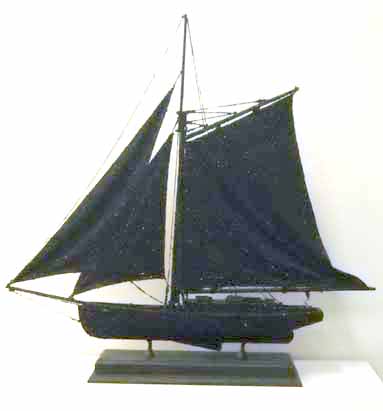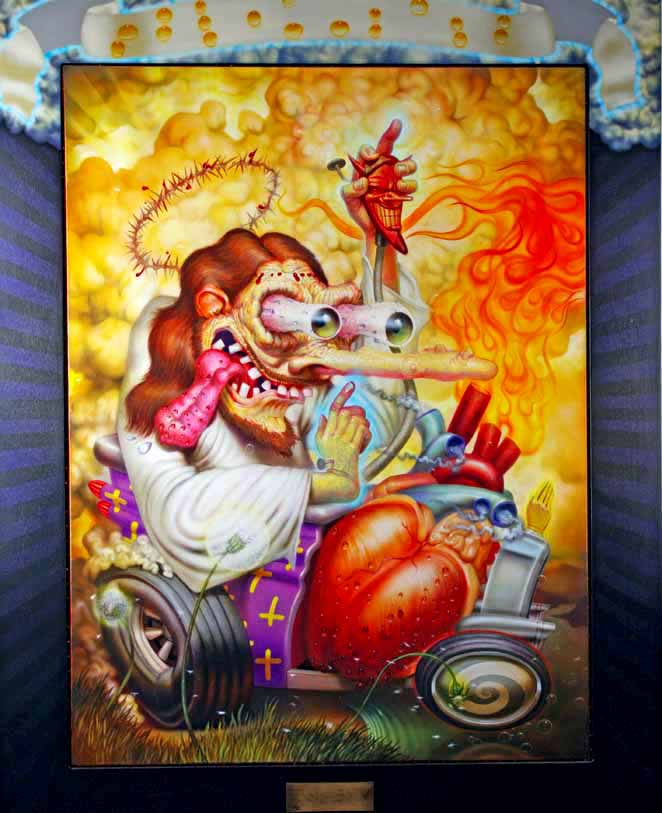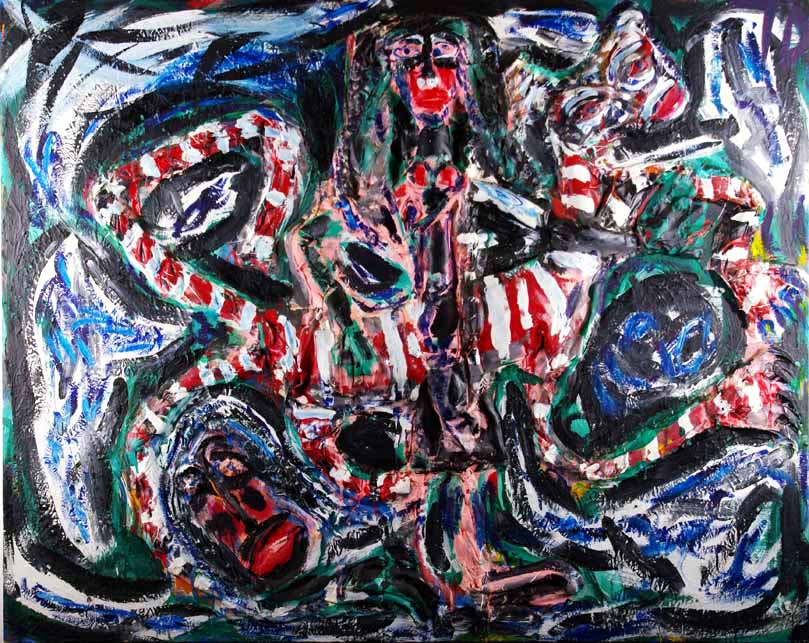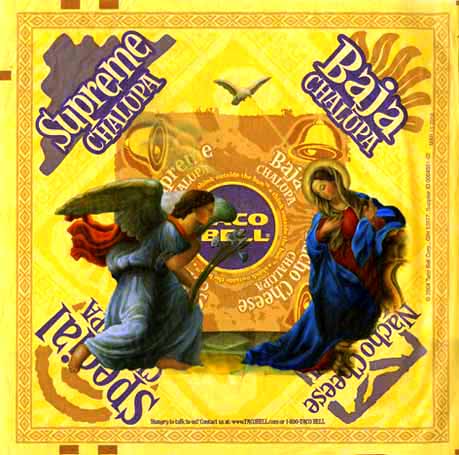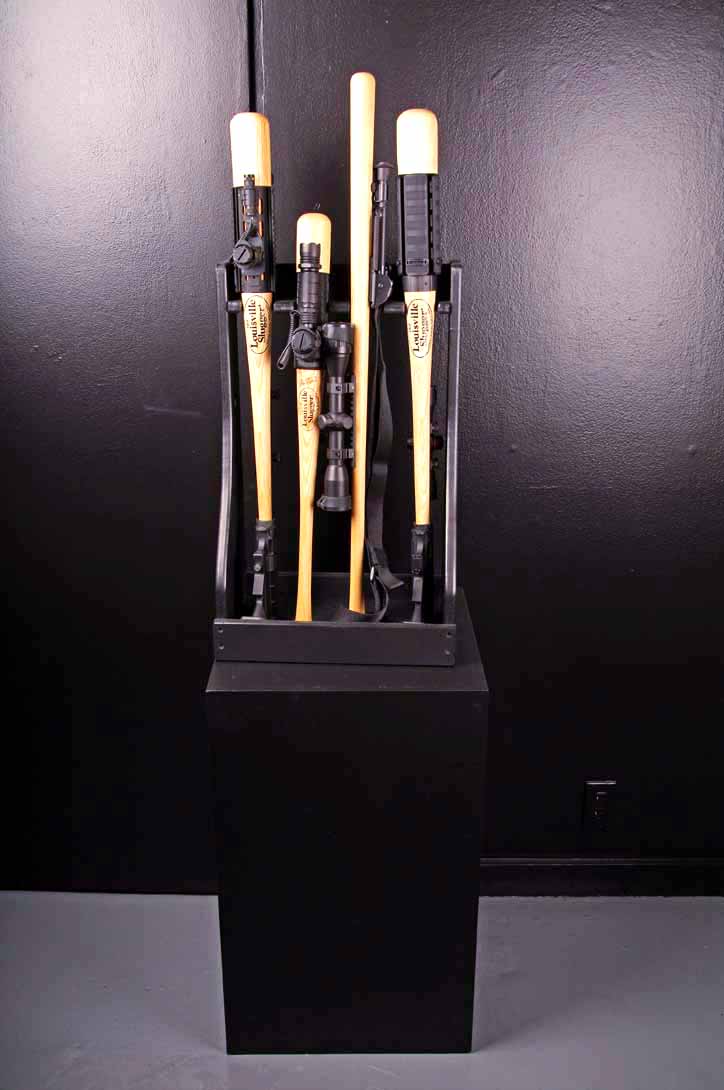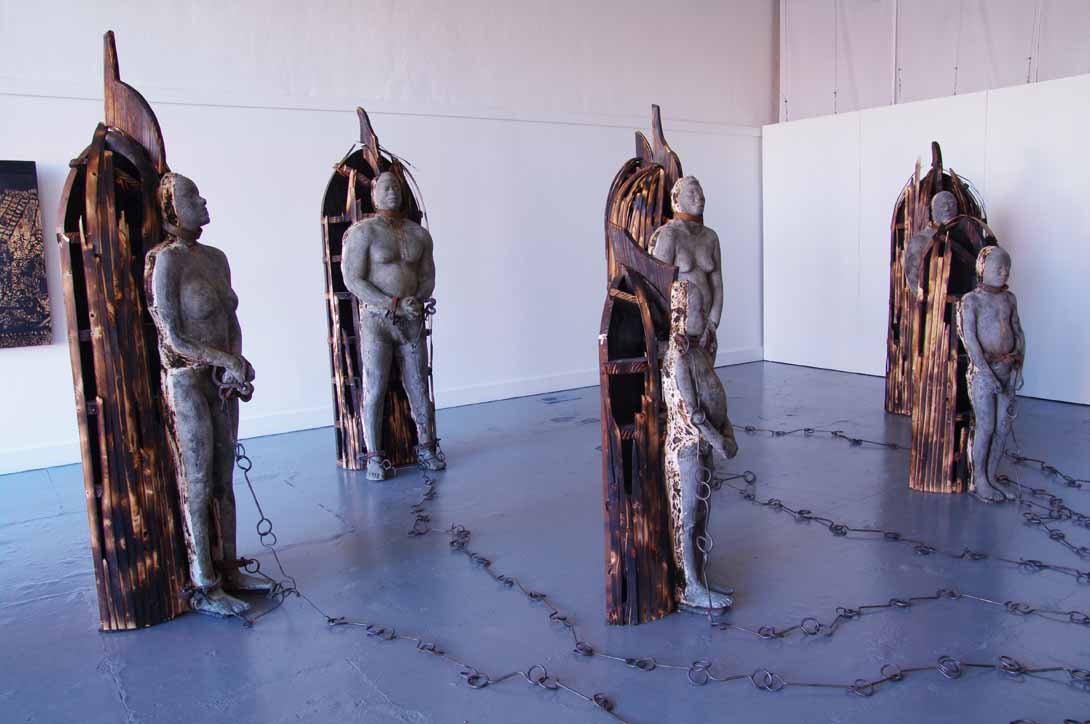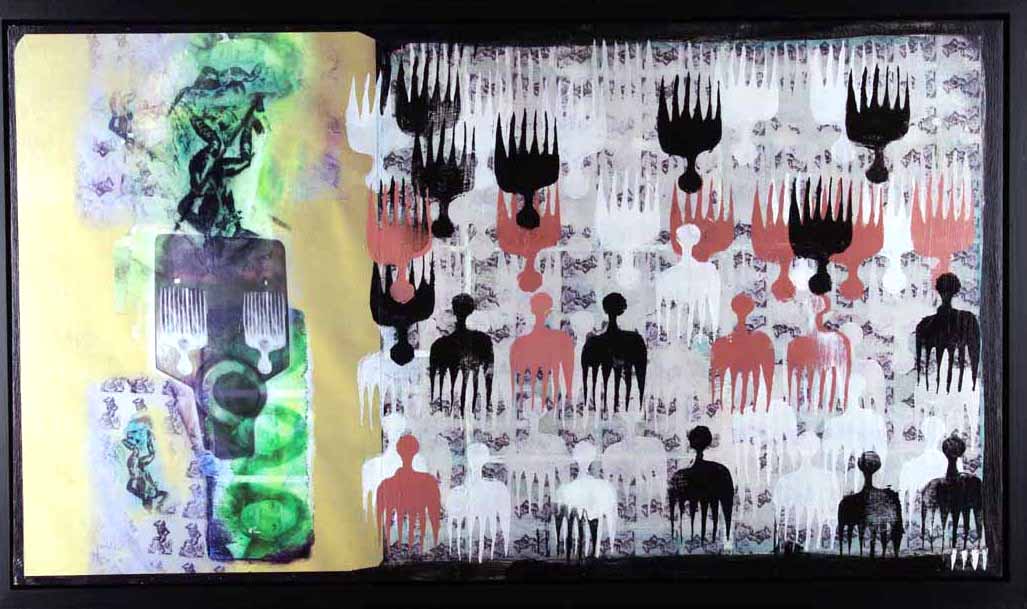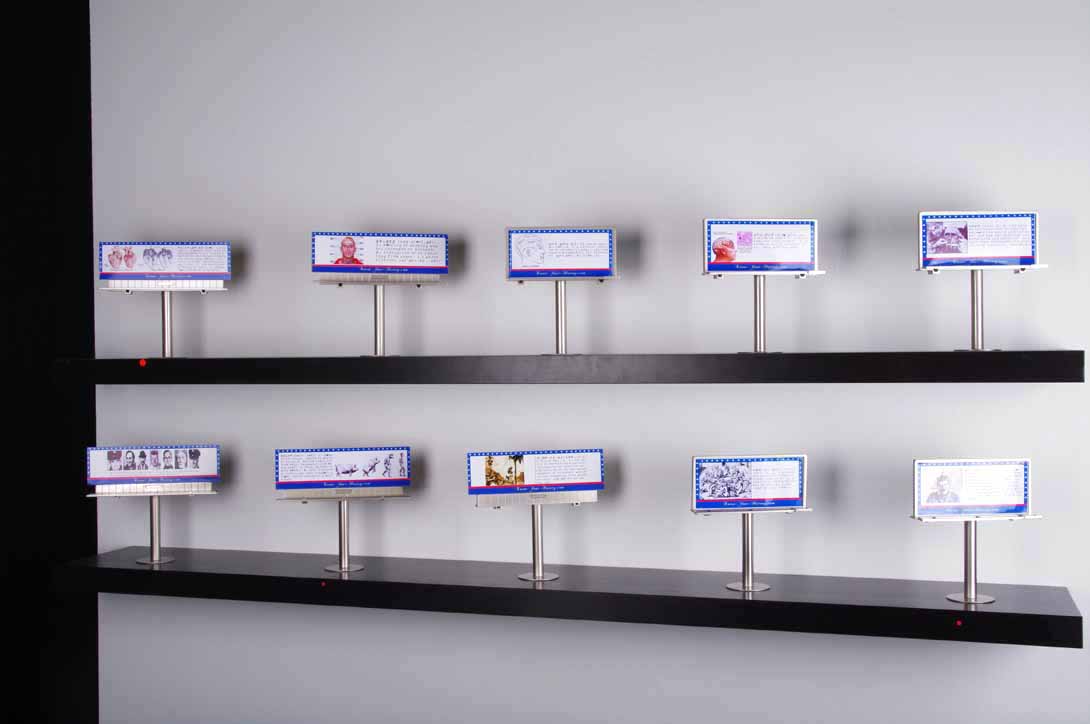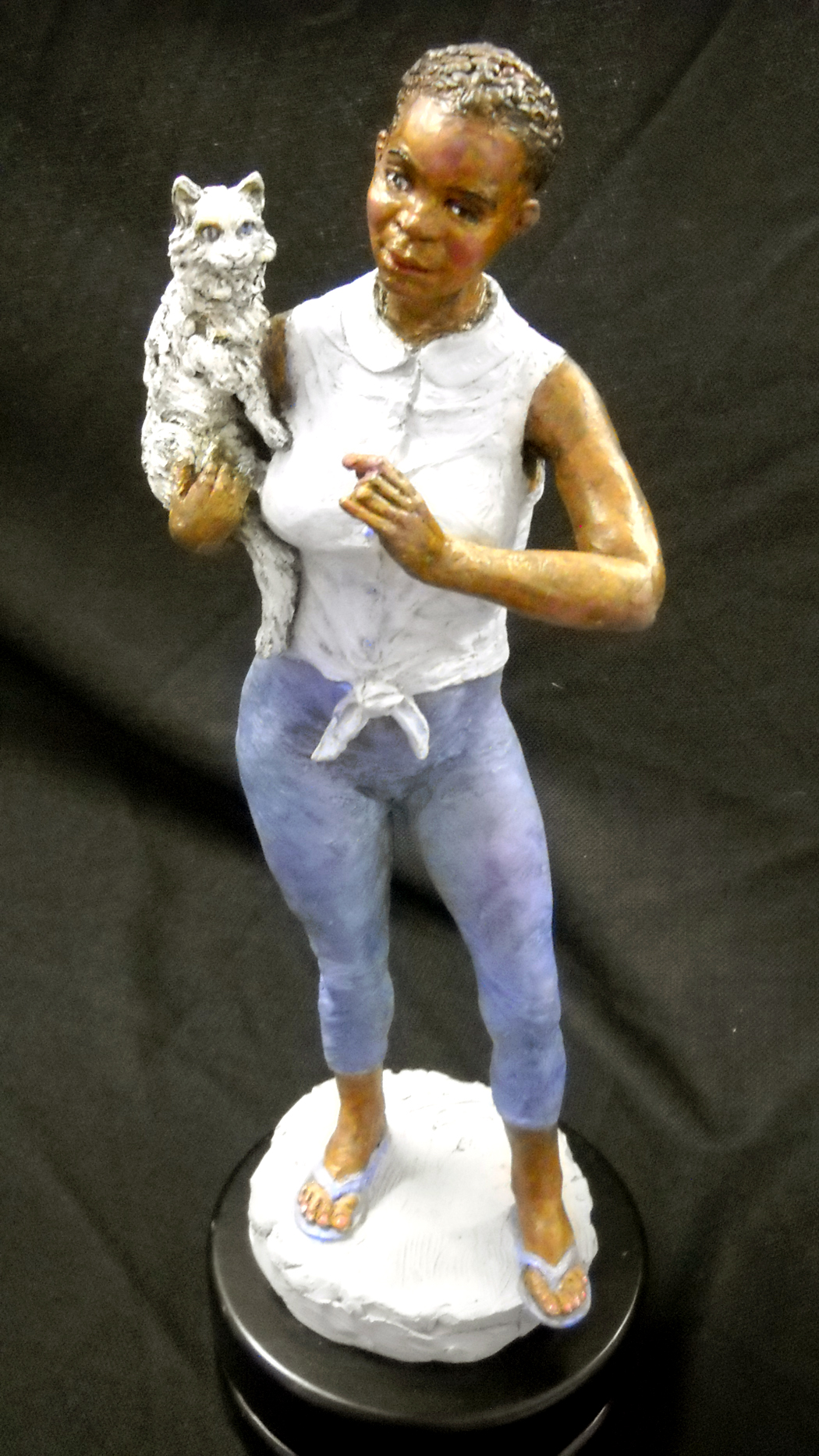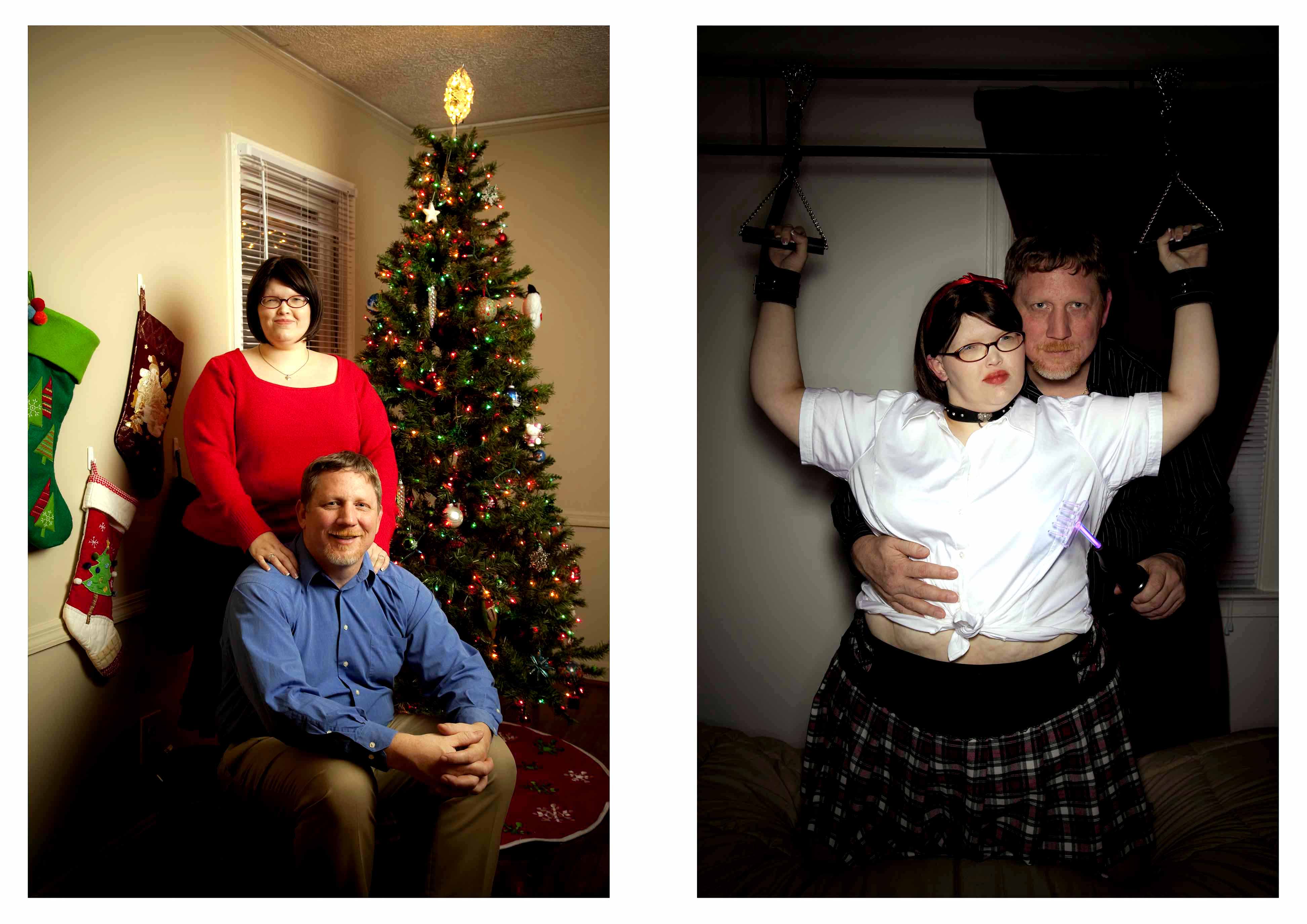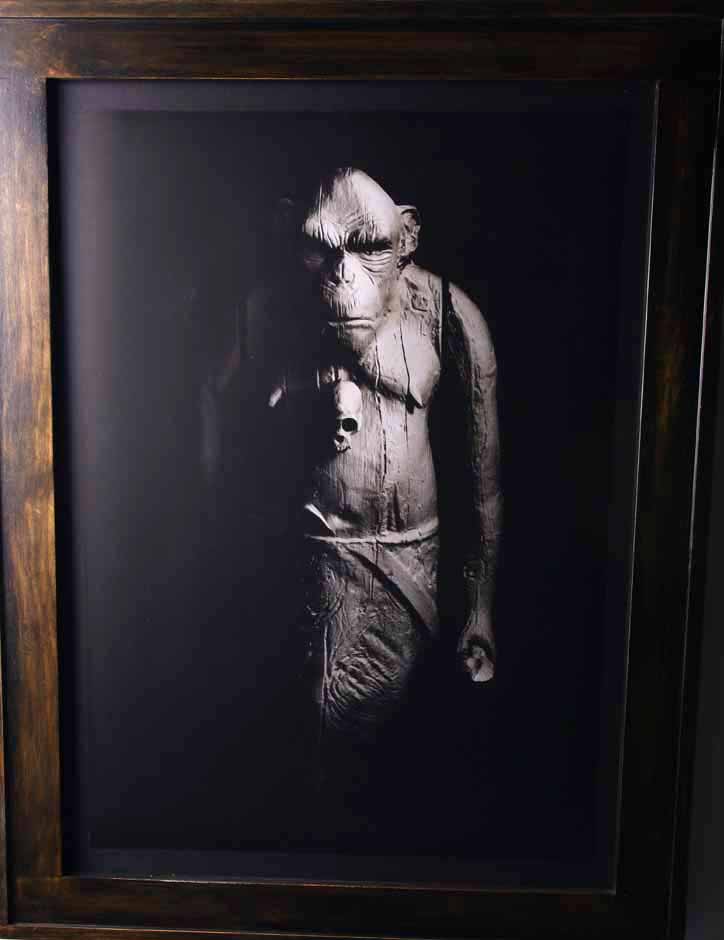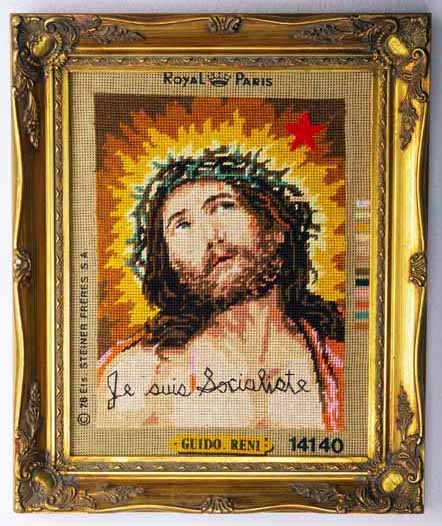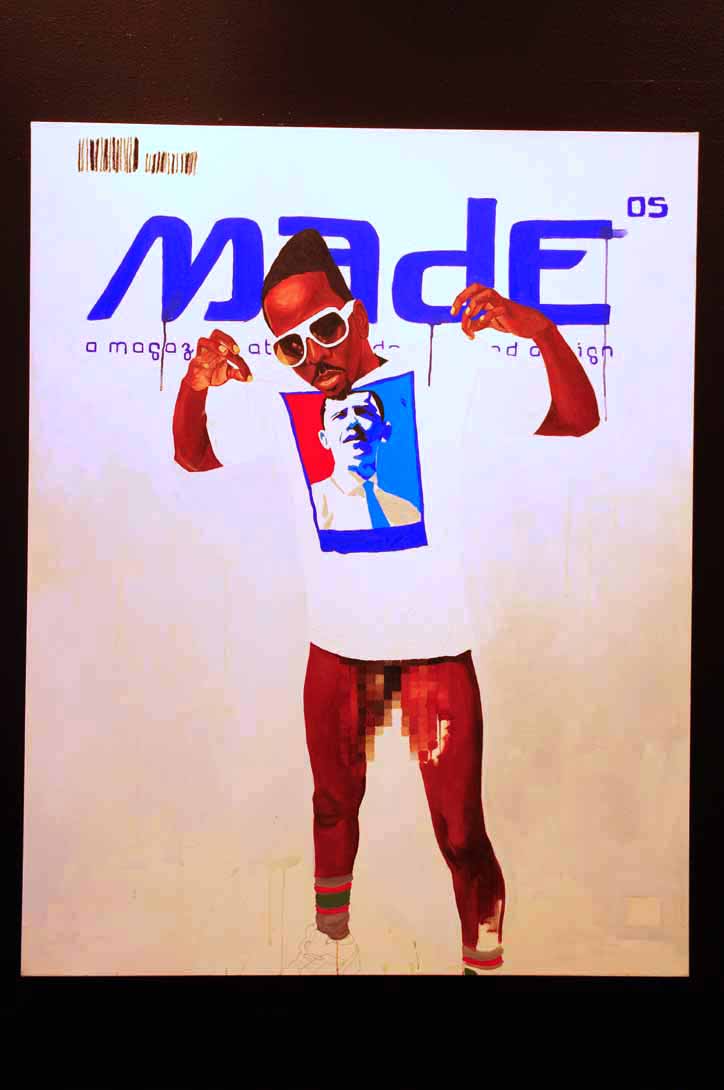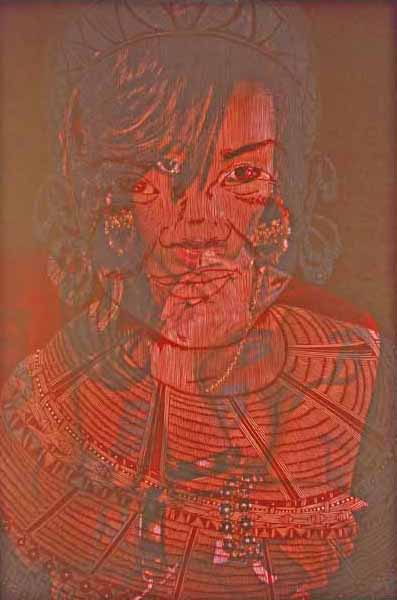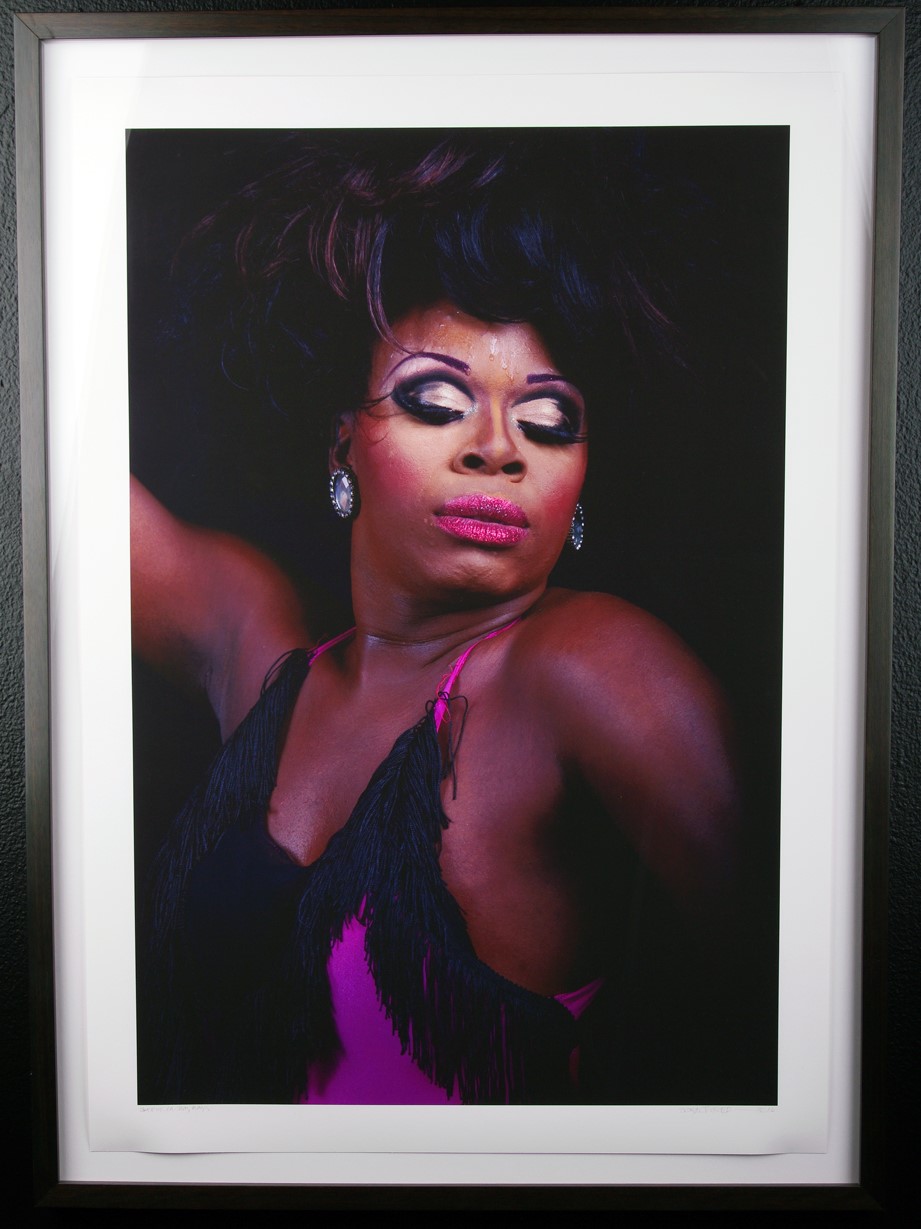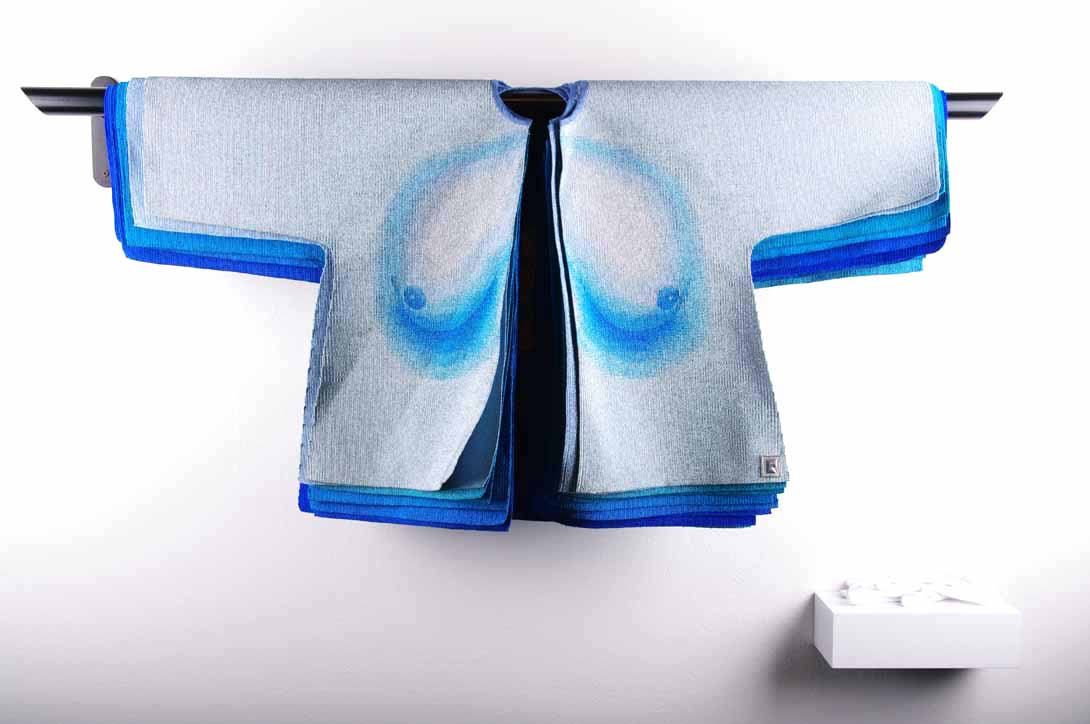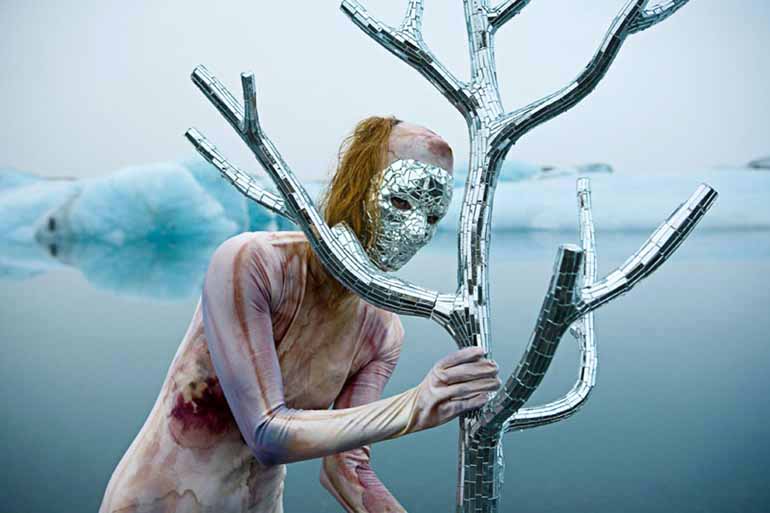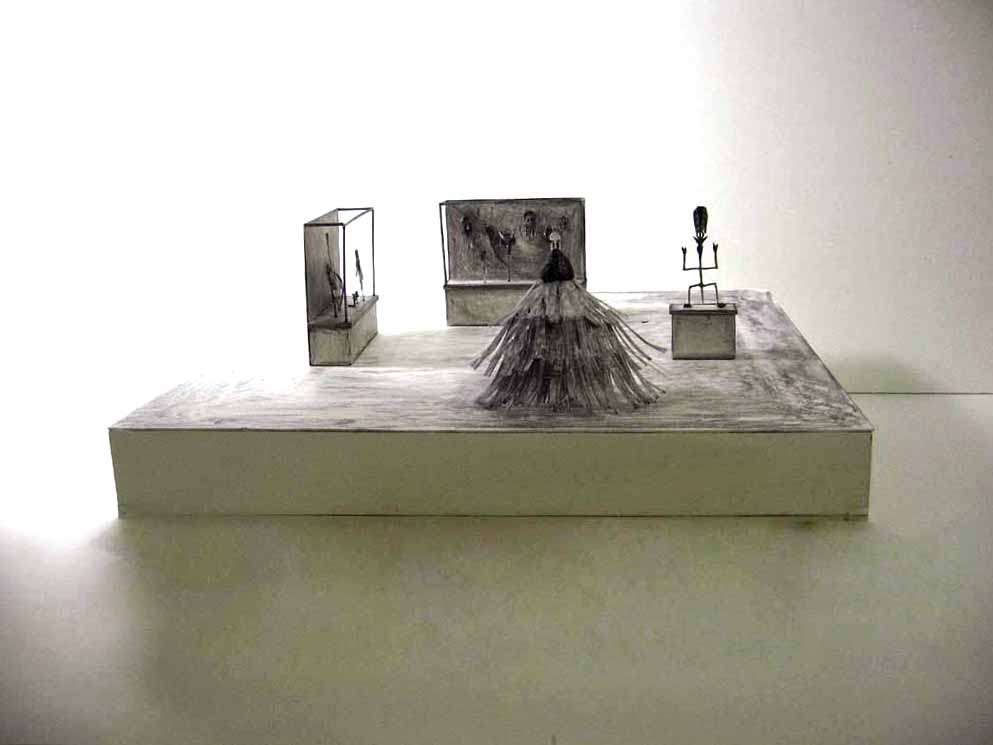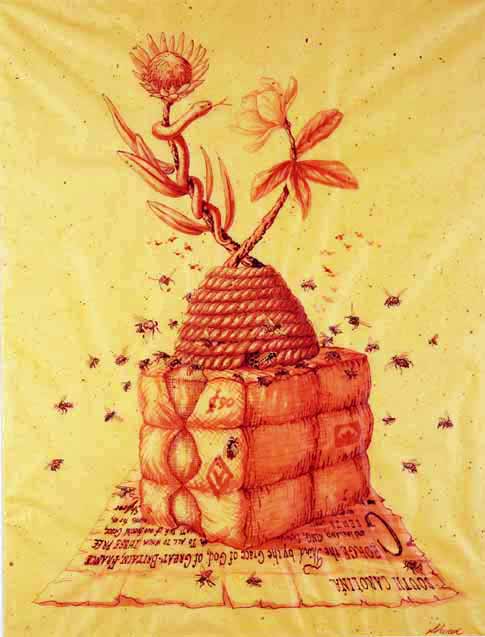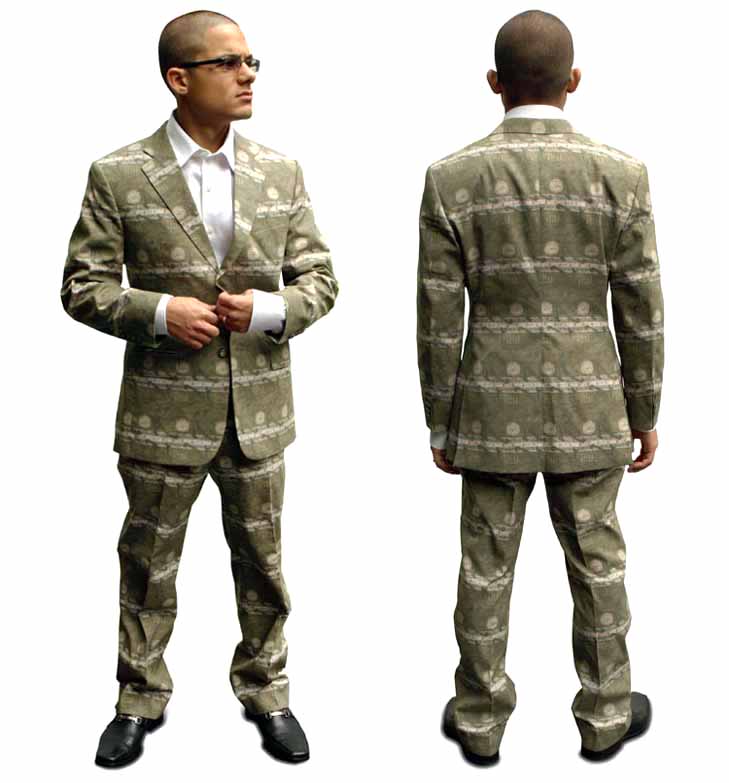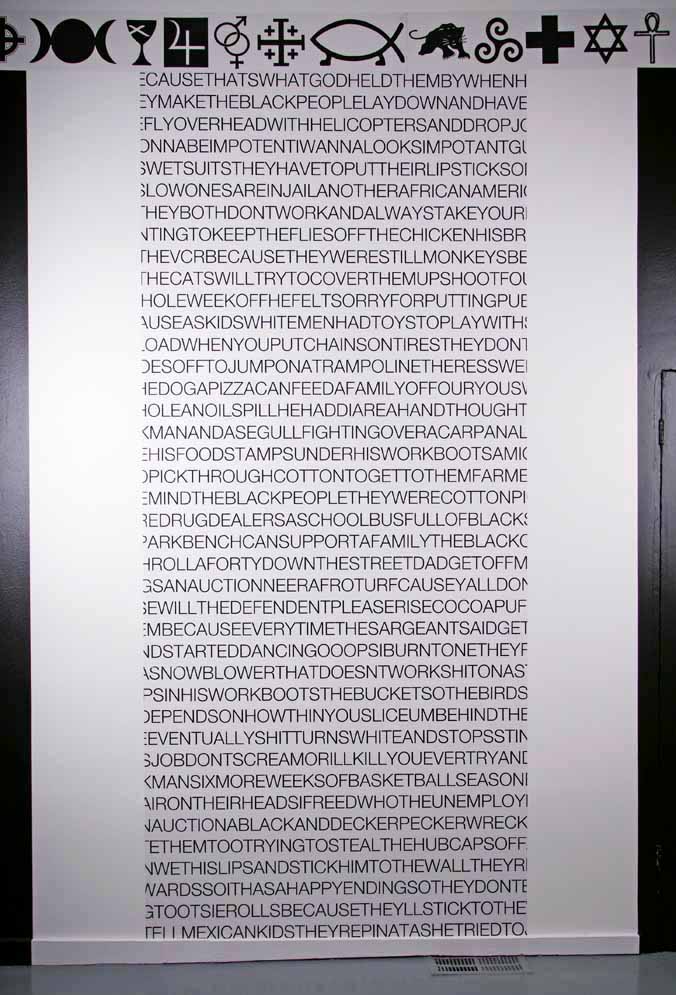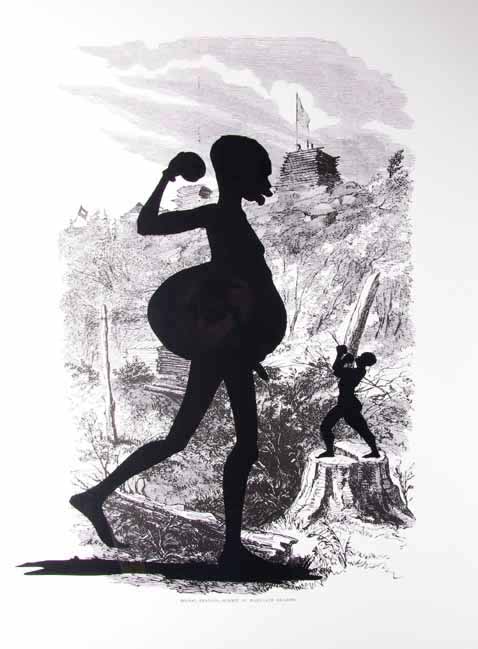Found Around the South II
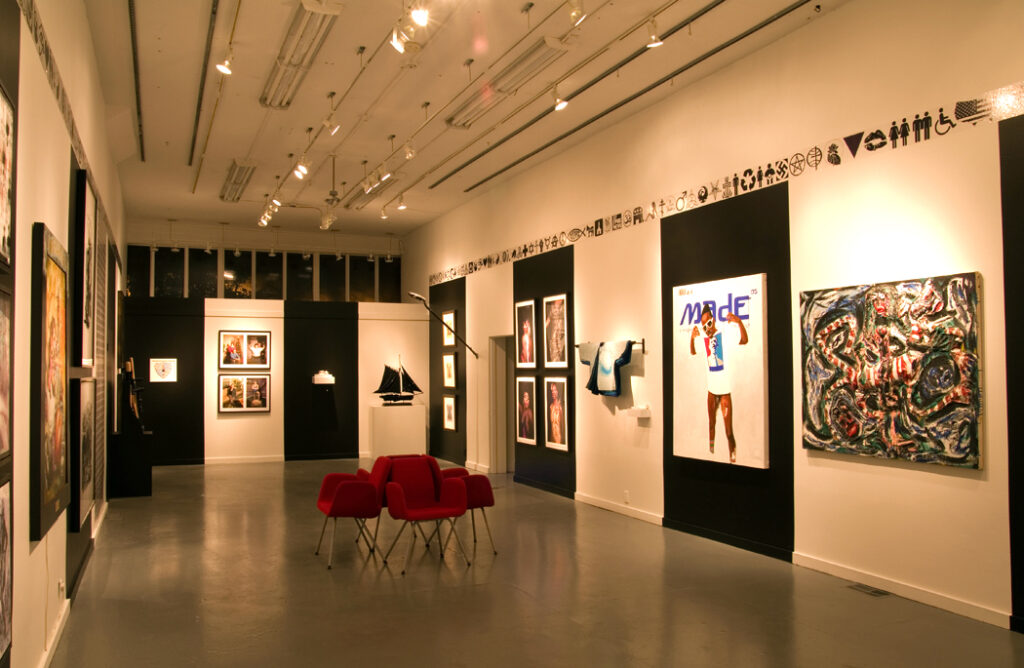
November 5 – January 28, 2012
Exhibiting Artists:
Larry Jens Anderson, Radcliffe Bailey, Michael Brown, Thornton Dial, Monica Ellis, Zachary Friedline, Stephen Hayes, Darius Hill, Christopher Hutchinson, Maria Kirby-Smith, Forest McMullin, Jim Neel, Elin O’Hara Slavick, Fahamu Pecou, Omar Richardson, Sonja Rieger, Jon Riis, Shana Robbins, Andrew Ross, Robert Sherer, Jonathan Terranova, Brad Thomas, Kara Walker
Race, sex, politics, and religion are all considered taboo topics in polite company, especially in the South. Space One Eleven invited artist/curator Larry Jens Anderson to create an exhibit that places these forbidden subjects onto a pedestal, compelling the audience into an open conversation. This exhibit is second in the “Found Around the South II” exhibition series.
Anderson uses the artists’ intentional works to create accidental collisions and sympathies-much like society suffers and sometimes enjoys. All 22 artists reside or had their beginnings in the deep south. The exhibition was documented by art critic Rebecca Dimling Cochran whose writing can be found in “Art in America,” “Art & Antiques,” “Art Review,” “Flash Art,” “Frieze,” “New Art Examiner,” and “Sculpture.”
Painted in wide black and white stripes, the walls of the gallery reflect the issues addressed; often painted harshly in black and white-never gray. The striped gallery resembles a carnival tent where Anderson addresses equally chaotic absurdities. Under the carnival big top, race, sex, politics, and religion are cast into the ring of speculation and out of their everyday context where they blend and become ordinary, often examined with a somber tone.
Anderson has also decided to list the participating artists into societal categories: 12 Caucasians, 6 Blacks, 14 men, 4 women, 4 gay people, 1 non-American. These labels arouse the curiosity of the audience, who will attempt to discern what was made by whom- a task that is not entirely possible. Each work is a reflection of the individual’s experience with religion, gender, and/or race. However, identifying the artists as such also proves that these labels do not matter when it comes to creating something that evokes these controversies.

